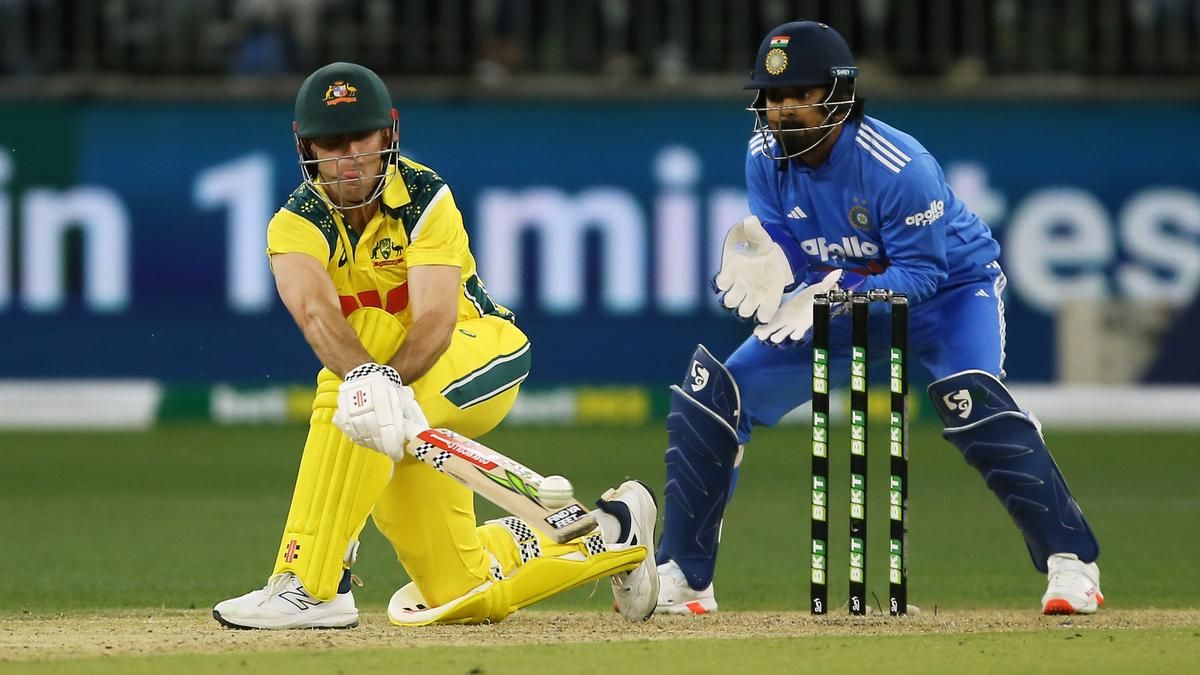India is likely to go ahead with the plan to reserve a portion of the crucial 6 GHz band for telecom operators to provide 5G and 6G services in the country.
Sources said that the government is planning to reserve the upper portion of the band (6425-7125 MHz) and the announcement is expected by the year end or early next year. A committee of secretaries is looking into the matter, but it may not form part of the currently ongoing exercise of updating the National Frequency Allocation Plan (NFAP).
This assumes significance as telecom operators and technology firms have different views on the band. While the telcos want the band for 5G/6G services, tech firms are advocating its de-licensing for public Wi-Fi.
The 6 GHz band, which includes frequency in the 5925-7125 MHz, provides faster speed. The band is being used by Indian Space Research Organisation (Isro) for satellite operation, which has also flagged interference issues with satellites if the band is allotted.
According to officials, since China has allotted the band for 5G, 6G, and other countries are considering the same, this would then create a whole ecosystem of equipment and technologies utilising telecom networks in the same band. Therefore, India needs to look at the same as it is a crucial market.
With regard to Isro’s concern, the government’s plan is to vacate the satellites’ operations to the higher Ku band — 12 GHz, in a phased manner. Notably, the US has delicensed the complete 6 GHz band for Wi-Fi, whereas China has given it to telecom operators. At the World Radiocommunication Conference (WRC) in Dubai last year, India, however, had opposed China’s proposal to allow the use of the band for international mobile telecommunications (IMT).
Even as ITU and member countries identified the band for IMT for telecom in Region 1 (includes Europe, West Asia and Africa), India (part of Region 3) borrowed time till 2027 to arrive at a decision after conducting studies of co-existence between telecom and satcom.
On the lower 6 GHz band, the decision has not been made, officials said, adding that it is yet to be decided if it should be given for Wi-Fi or telecom services.
An industry executive said, if India is following China in reserving the band for telecom operators, then Chinese equipment makers like Huawei and ZTE will have a first mover advantage. This could flood the ecosystem with Chinese equipment and would lead to security issues.
SP Kochhar, director general of Cellular Operators Association of India (COAI), said, “in 6 GHz, 1,200 MHz is available and we can utilise that to give good quality services. Otherwise, the cost of infrastructure will increase as we would then need to have towers at a short distance. Our requirement to give 5G as projected is 2 GHz, which is 2,000 Mhz. There, we have a deficiency of 1200 MHz.”
Telecom operators are of the view that the allocation of spectrum in 6 GHz band without auction would result in a potential loss of over Rs 3 lakh crore to the national exchequer.
The Broadband India Forum (BIF), which represents technology firms, has objected to this.
By assigning the 6GHz band for Wi-Fi, India has a chance to provide 5G like service to the unconnected and under connected masses in the country, TV Ramachandran, president BIF said.
According to BIF, India is a price sensitive market and the 6 GHz band for Wi-Fi is absolutely essential for the spread of affordable and good quality broadband for all, and usurping it fully for the purpose of IMT goes against the public interest and is against national priority.








